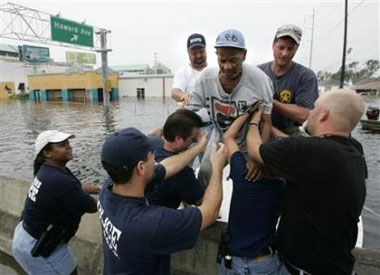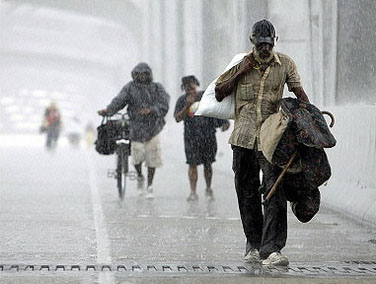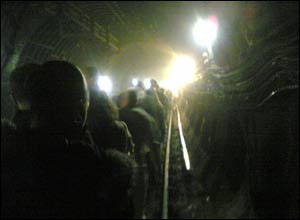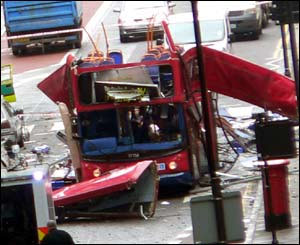Catastrophes that hit home
Seen here are not images from the impoverished, disaster-prone nations of the Caribbean or sub-Saharan Africa; nor do they come from the strife-ridden streets of the Middle East.
This summer, Islamic extremists dealt another deadly blow to a major Western metropolis, this time in central London.
Then, amidst the annual hurricane season that plagues the Caribbean and the Gulf of Mexico, the worst-case scenario occurred. Floodwaters overwhelmed New Orleans, inundating the historic city and trapping many of its half-million residents: they lost their loved ones, homes, and were deprived of food, water as well as effective law and order for days. Hundreds more along the Gulf Coast also suffered losses of human life and property. Shutdown of major petroleum refineries in the Gulf region caused an acute shortage of fuel nationwide, raising the cost of gasoline to unprecedented levels.
Casual but concerned observers are hereby given a sober reminder, that the worst of times can happen even at the best of places. We all stand to be vigilant, courageous, and charitable during these challenging times.


New Orleans, Louisiana, 1 September 2005. In terms of human costs, hurricane Katrina has become the worst natural disaster in US history since the 1906 earthquake of San Francisco. Hard hit were the gulf coasts of Florida, Alabama, Mississippi, Louisiana and Texas, where thousands lost their loved ones or their homes. As the below-sea-level city of New Orleans was flooded by the waters that overwhelmed its levees, many of its residents became homeless refugees. Photographs by Jason Reed of Reuters (left) and Robert Sullivan of AFP (right).


London, UK, 7 July 2005. Photos from the BBC, taken from eyewitnesses: Alexander Chadwick left the Tube with his fellow commuters via an evacuation tunnel near the Kings Cross Underground station, and Belinda Seabrook was in her office when she saw the double-decker bus exploded near Tavistock Square. Four near-simultaneous explosions throughout London's rapid transit system killed more than 40 people and injured 350 others. On this day, during the morning rush hour, London had suffered the largest civilian casualty in a single attack since the blitz of World War II.
CW, 2 September 2005
| Back to top |
